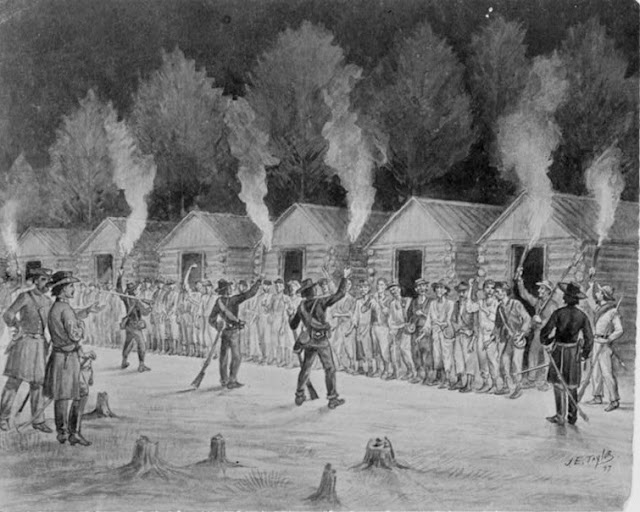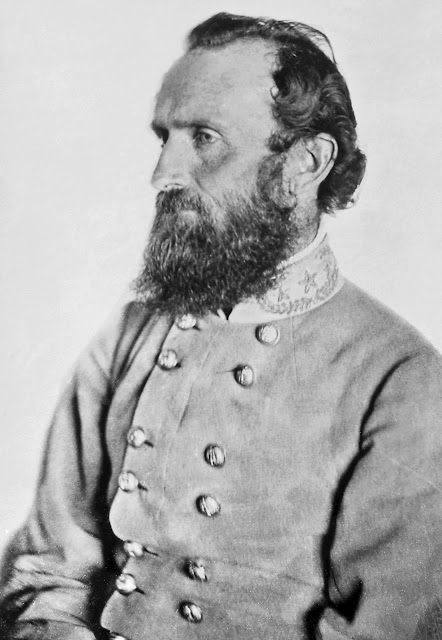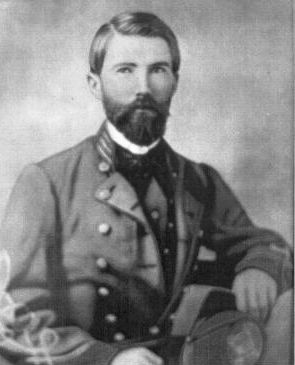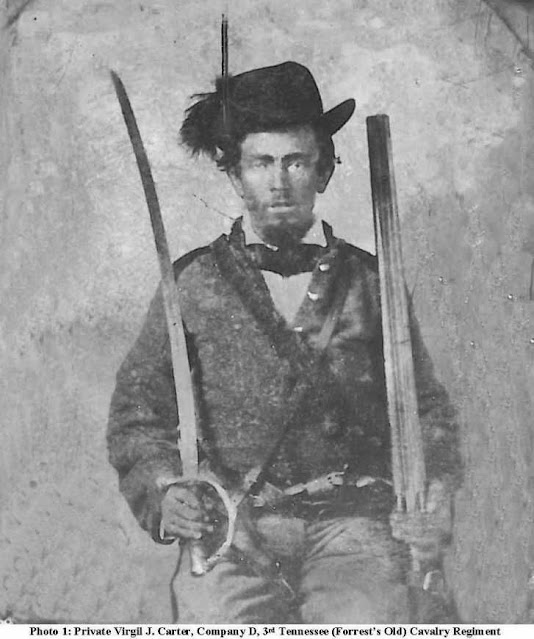All the Glory of Whipping Rosy

L ieutenant James H. Fraser’s 50 th Alabama stepped out on the morning of Sunday, September 20, 1863, at Chickamauga eager to get into the fight with the Yankees and determined to not let Longstreet and his Virginia veterans “get all the glory of whipping Rosy.” “Early in the morning of Sunday the 20 th , we were called to attention, the roll was called, and every man answered “here” loud and lively,” Fraser wrote to his father a week later. “But how many brave soldiers who were then full of life and hope lie cold and stiff in a soldier’s grave with nothing around them but a soldier’s blanket. We made a new graveyard, Pa, and then filled it with our own brave dead.” Lieutenant Fraser’s detailed account of the fighting on September 20 th first saw publication in the October 8, 1905, edition of the Montgomery Advertiser , being shared with the newspaper by the Joseph E. John...









